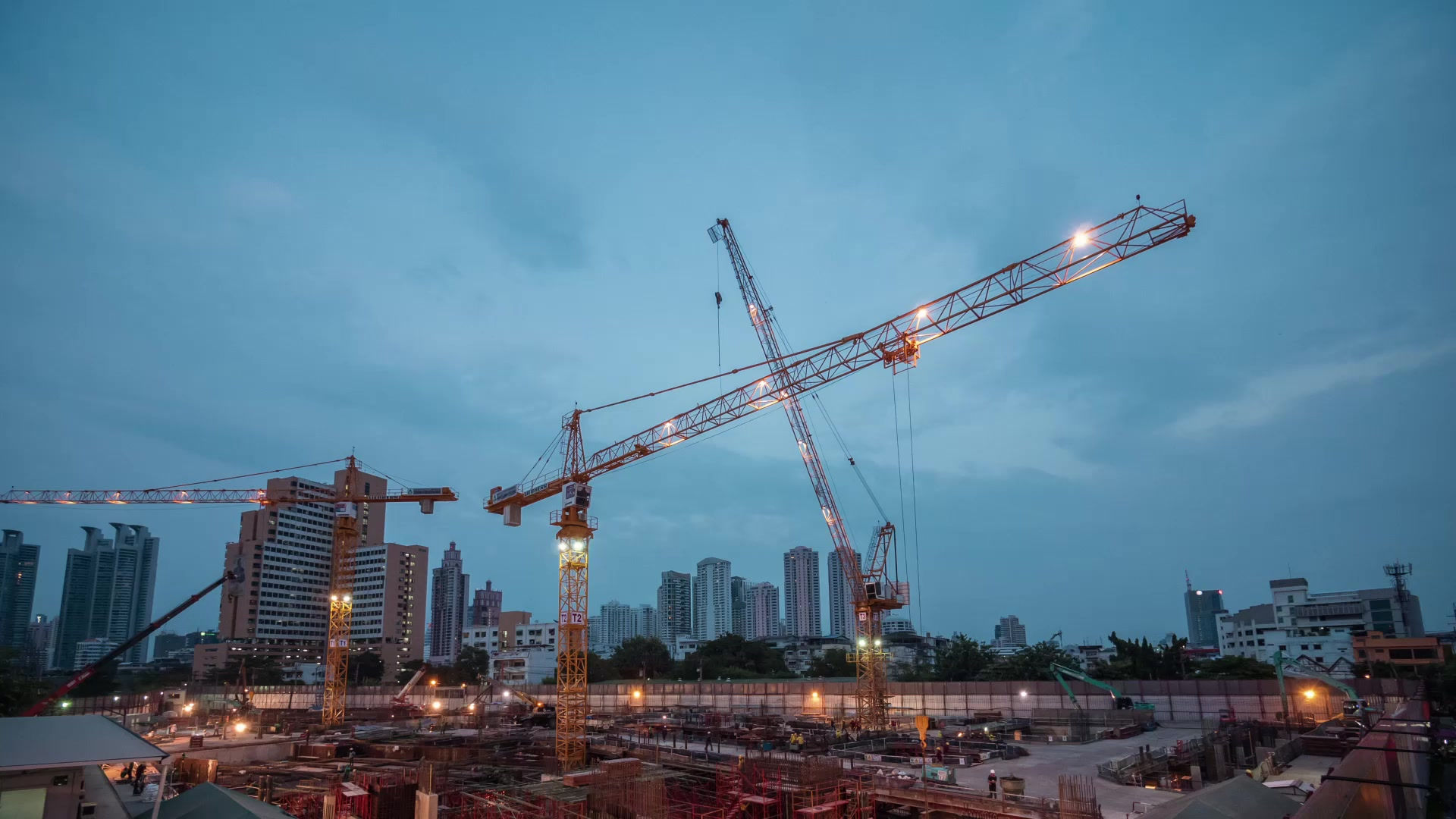top of page

.png)
PNEUMATIC CONVEYING SYSTEM

Dense Phase
Higher material-to-air ratios: This means that lower operating costs.
Reduced material degradation:Reduces the amount of material degradation that can occur during conveying.
Reduced system wear: Operate at a lower velocity, there is less wear on system components This results in less maintenance and longer equipment life.
Lean Phase
Higher conveying velocities: Movement materials over longer distances.
Lower capital costs: less equipment than dense phase so less expensive to install and operate.
Flexibility: Handling of a wider range of materials than dense phase .
bottom of page